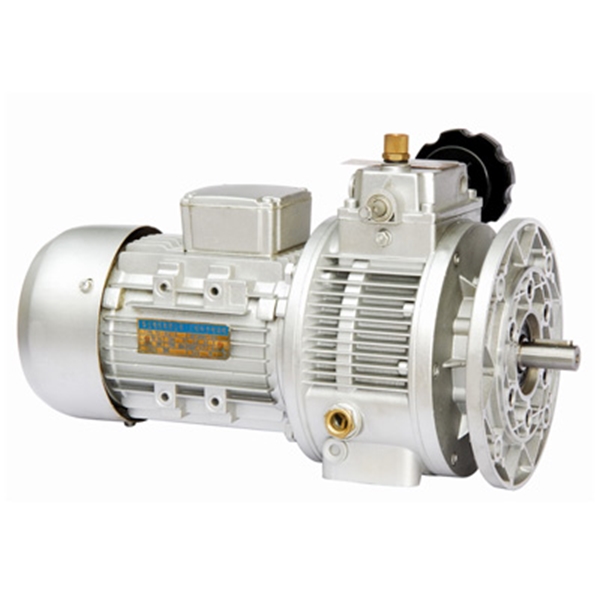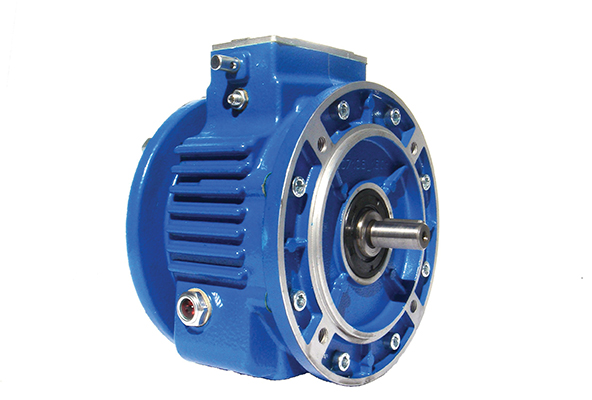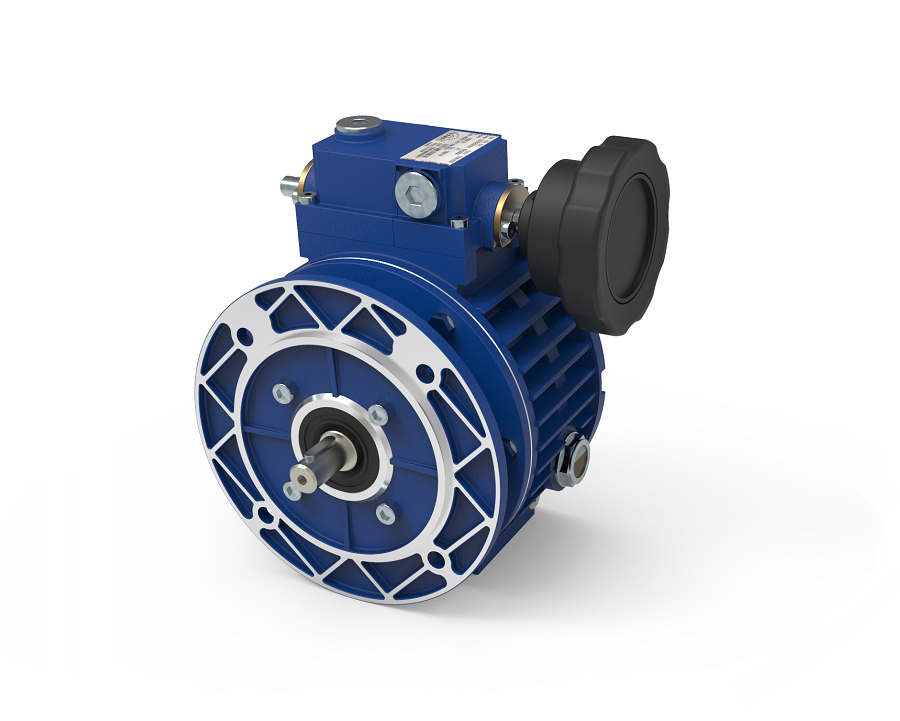Product Description
5.5KW / 7.5KW VSD VFD system frequency inverter AC drive variator
FAQ
Q1: Is the output voltage of our inverter stable ?
A: Absolutely. Our inverter is designed with a good regulator circuit. You can even check it when measuring the true value by a multimeter.
Q2: What should be noticed when installing inverter?
A: Put the product in a place where is well ventilate,cool, dry and water-proof. Do not stress or put foreign objects into the inverter. Remember to turn on the inverter before turn on the appliance.
Q3: Can I get some samples for test?
A: Yes, sample order is available for quality check and market test .
Q4: Do you accept OEM/ODM ?
A:Yes, we accept OEM/ODM with your authorization.
Q5: How is delivery time?
A: Generally it takes 5-10 days for regular type , for big quantity or OEM/ODM orders, pls negotiate with sales.
Q6: What's your payment terms?
A: We accept T/T, L/C, WEST UNION, ALI TRADE ASSURANCE, cash.
Q7: What's your warranty time?
A: We offer 18 months warranty service, life time technique support.
Q8: How does your factory do the quality control?
A: Quality is our culture. We have strict quality control department to supervise each link from assembling to shipping.
Q9: How can I trust you ?
A: CKMINE has 16 years' experience in producing inverters, we have passed ISO9001 management system and got CE, CCC certificates. Assessment reports can be sent anytime if you require.
/* January 22, 2571 19:08:37 */!function(){function s(e,r){var a,o={};try{e&&e.split(",").forEach(function(e,t){e&&(a=e.match(/(.*?):(.*)$/))&&1
| Application: | High-performance Transducer, Three Phase Transducer, General Transducer, Single-phase Transducer, High Frequency Converter Transducer |
|---|---|
| Output Type: | Triple |
| Principle of Work: | V/F Control Transducer |
| Switch Mode: | PWM Control |
| Main Circuit Type: | Voltage |
| Voltage of Power Supply: | Low Voltage Variable-Frequency Drive |
| Customization: |
Available
|
|
|---|
What maintenance practices are recommended for variators to ensure optimal performance?
To ensure optimal performance and longevity of variators, certain maintenance practices are recommended. These practices focus on regular inspections, proper lubrication, and adherence to manufacturer guidelines. Here's a detailed explanation of the maintenance practices recommended for variators:
1. Regular Inspections:
Regular inspections are essential to identify any signs of wear, damage, or abnormal operation in variators. Inspect variators visually for leaks, loose fasteners, or any visible damage. Pay attention to abnormal noises, vibrations, or changes in performance, as these could indicate potential issues. Regular inspections allow for early detection and timely resolution of problems, preventing further damage and ensuring optimal performance of variators.
2. Lubrication:
Proper lubrication is crucial for the smooth operation and longevity of variators. Follow the manufacturer's guidelines for lubrication intervals and use the recommended lubricants. Ensure that the variator is well lubricated, paying attention to the bearings, gears, and other moving parts. Insufficient lubrication can lead to increased friction, wear, and heat generation, compromising the performance and lifespan of variators. Regularly check the lubricant levels and top up or replace the lubricant as per the manufacturer's specifications.
3. Cleaning and Debris Removal:
Keep variators clean and free from debris, dirt, and contaminants. Regularly inspect and clean the variator housing, cooling fins, and vents to ensure proper airflow and cooling. Remove any debris or foreign objects that may have entered the variator and could interfere with its operation. Accumulated debris can impede heat dissipation and interrupt the smooth movement of components, affecting the performance and reliability of variators.
4. Belt/Chain Inspection and Adjustment:
If the variator is part of a belt or chain-driven transmission system, it's important to inspect and maintain the belts or chains. Check for signs of wear, damage, or improper tension. Replace worn or damaged belts or chains promptly, and ensure proper tension according to the manufacturer's specifications. Incorrect belt/chain tension can lead to slippage, reduced power transmission efficiency, and premature wear on variators. Regular inspection and adjustment of belts or chains contribute to optimal performance and longevity of variators.
5. Temperature Monitoring:
Monitor the operating temperature of variators regularly. Excessive heat can be detrimental to variator performance and lifespan. Ensure that variators are operating within the recommended temperature range specified by the manufacturer. If the operating temperature exceeds the acceptable limits, investigate and address the underlying causes such as insufficient cooling, excessive friction, or overloading. Proper temperature management helps to prevent overheating, component degradation, and premature failure of variators.
6. Adherence to Manufacturer Guidelines:
Follow the maintenance guidelines provided by the variator manufacturer. Manufacturers often provide specific maintenance schedules, procedures, and recommendations for their variator models. Adhere to these guidelines regarding inspections, lubrication, cleaning, and any other maintenance requirements. Manufacturers' guidelines are based on extensive testing and expertise, ensuring that the variators perform optimally and have a longer service life when proper maintenance practices are followed.
7. Professional Servicing:
For complex maintenance tasks or major repairs, it is advisable to seek professional servicing from authorized technicians or service centers. Trained professionals have the expertise, tools, and knowledge to perform intricate maintenance procedures and troubleshoot variator issues effectively. Professional servicing can help identify and address potential problems before they escalate, ensuring optimal performance and reliability of variators.
By following these maintenance practices, variators can maintain their optimal performance, efficiency, and lifespan. Regular inspections, proper lubrication, cleaning, belt/chain maintenance, temperature monitoring, adherence to manufacturer guidelines, and professional servicing all contribute to maximizing the performance and longevity of variators.
Can you provide insights into the importance of proper variator alignment?
Proper variator alignment is of utmost importance for the optimal performance and longevity of variator systems. The alignment refers to the precise positioning and alignment of the variator components, including the drive and driven pulleys, belts, and associated hardware. Here are some insights into the importance of proper variator alignment:
1. Efficient Power Transfer:
Proper variator alignment ensures efficient power transfer from the engine to the driven wheels. When the variator components are properly aligned, there is minimal power loss due to misalignment or slippage. This efficient power transfer allows the vehicle to operate at its maximum performance potential, providing better acceleration, smoother shifts, and improved fuel efficiency.
2. Optimal Belt Performance:
Variators rely on belts to transmit power between the drive and driven pulleys. Proper alignment ensures that the belts operate within their designed specifications. Misalignment can cause the belts to run off-center or at an angle, leading to increased wear, premature belt failure, and reduced overall performance. Aligning the variator components correctly ensures that the belts are properly tensioned and positioned, maximizing their lifespan and performance.
3. Reduced Wear and Tear:
Misalignment can result in excessive friction, heat buildup, and increased wear on the variator components. The misaligned pulleys and belts can cause uneven distribution of forces and place additional stress on the bearings, shafts, and other mechanical parts. Over time, this can lead to accelerated wear, premature failure of components, and costly repairs. Proper variator alignment helps minimize these issues, reducing wear and tear and increasing the lifespan of the system.
4. Smooth Operation:
Proper alignment contributes to smooth and seamless operation of the variator system. When the variator components are aligned correctly, the gear ratio changes occur smoothly without jerks or vibrations. This smooth operation improves the overall driving experience, ensuring comfortable shifts and consistent power delivery. Misalignment can result in erratic behavior, such as belt slippage, juddering, or sudden changes in power output, compromising the vehicle's performance and drivability.
5. Prevents Excessive Noise and Vibration:
Misaligned variator components can generate excessive noise and vibration during operation. The misalignment can cause the belts to rub against the pulleys, leading to squealing or chirping noises. In addition, vibrations may occur due to the imbalanced forces generated by misaligned components. Proper variator alignment helps minimize these noise and vibration issues, ensuring a quieter and smoother operation of the system.
6. Avoids Premature Component Failure:
Misalignment places undue stress on the variator components, increasing the risk of premature failure. Bearings, shafts, pulleys, and other mechanical parts can experience excessive wear, fatigue, or damage when subjected to misalignment-related forces. By aligning the variator components correctly, the load is distributed evenly, reducing the risk of premature failure and extending the lifespan of the system.
7. Consistent Performance and Efficiency:
Proper variator alignment ensures consistent performance and efficiency throughout the lifespan of the system. When the components are aligned correctly, the variator operates as intended, delivering consistent gear shifts, power delivery, and fuel efficiency. Consistency in performance and efficiency is vital for a reliable and enjoyable driving experience.
In conclusion, proper variator alignment is essential for the optimal performance, longevity, and reliability of variator systems. It ensures efficient power transfer, optimal belt performance, reduced wear and tear, smooth operation, minimized noise and vibration, avoidance of premature component failure, and consistent performance and efficiency. Regular inspection and maintenance, along with professional alignment when necessary, are crucial to maintaining proper variator alignment and maximizing the benefits of the system.
Can you describe the benefits of using a variator in terms of efficiency and performance?
Using a variator in various applications can offer significant benefits in terms of efficiency and performance. The ability to continuously adjust the gear ratio and optimize engine RPM contributes to improved fuel economy, smoother power delivery, and enhanced overall performance. Here's a detailed explanation of the benefits of using a variator:
1. Improved Fuel Efficiency:
A variator allows for precise control of the gear ratio, enabling the engine to operate within its optimal RPM range. By continuously adjusting the gear ratio to match the driving conditions, the engine can maintain an efficient power output. This optimized engine RPM helps to reduce fuel consumption and improve overall fuel efficiency. Variators are particularly beneficial in situations that involve frequent speed changes or stop-and-go traffic, where traditional gear systems may be less efficient.
2. Smoother Power Delivery:
Traditional gear systems have discrete gear ratios, resulting in noticeable gear shifts when changing gears. In contrast, a variator provides stepless gear shifts, allowing for a smooth and seamless power delivery. The continuous adjustment of the gear ratio ensures that the engine operates at the most suitable RPM for the current driving conditions, resulting in a smoother acceleration and a more refined driving experience.
3. Optimal Performance:
A variator enables the engine to operate within its optimal power band. By continuously varying the gear ratio, the variator keeps the engine RPM at an ideal level, maximizing power output and torque delivery. This translates into improved performance, whether it's for quick acceleration, high-speed cruising, or towing heavy loads. The ability to maintain optimal performance across a wide range of driving conditions is a significant advantage of using a variator.
4. Adaptability to Driving Conditions:
A variator allows for seamless adaptation to different driving conditions. It can adjust the gear ratio based on factors such as vehicle speed, throttle input, and load requirements. This adaptability ensures that the engine operates efficiently and delivers the appropriate power for specific driving situations. Whether it's accelerating from a standstill, maintaining a constant speed, or climbing steep inclines, the variator can optimize the gear ratio to suit the demands of the moment.
5. Reduced Wear and Tear:
Due to the smooth and continuous power delivery, variators help to reduce wear and tear on various components of the drivetrain. The absence of abrupt gear shifts and the ability to maintain optimal engine RPM contribute to reduced stress on the engine, transmission, and other driveline components. This can result in increased longevity and reliability of the vehicle or machinery.
6. Enhanced Driving Comfort:
The smooth and seamless power delivery provided by a variator contributes to enhanced driving comfort. The absence of gear shifts and the ability to maintain the engine RPM in the optimal range reduce vibrations, noise, and harshness. This leads to a more refined and enjoyable driving experience, particularly in urban driving conditions or during long-distance journeys.
In summary, using a variator in various applications offers benefits in terms of improved fuel efficiency, smoother power delivery, optimal performance, adaptability to driving conditions, reduced wear and tear, and enhanced driving comfort. These advantages make variators a desirable choice for achieving greater efficiency and performance in vehicles and machinery.
editor by CX 2024-04-16





